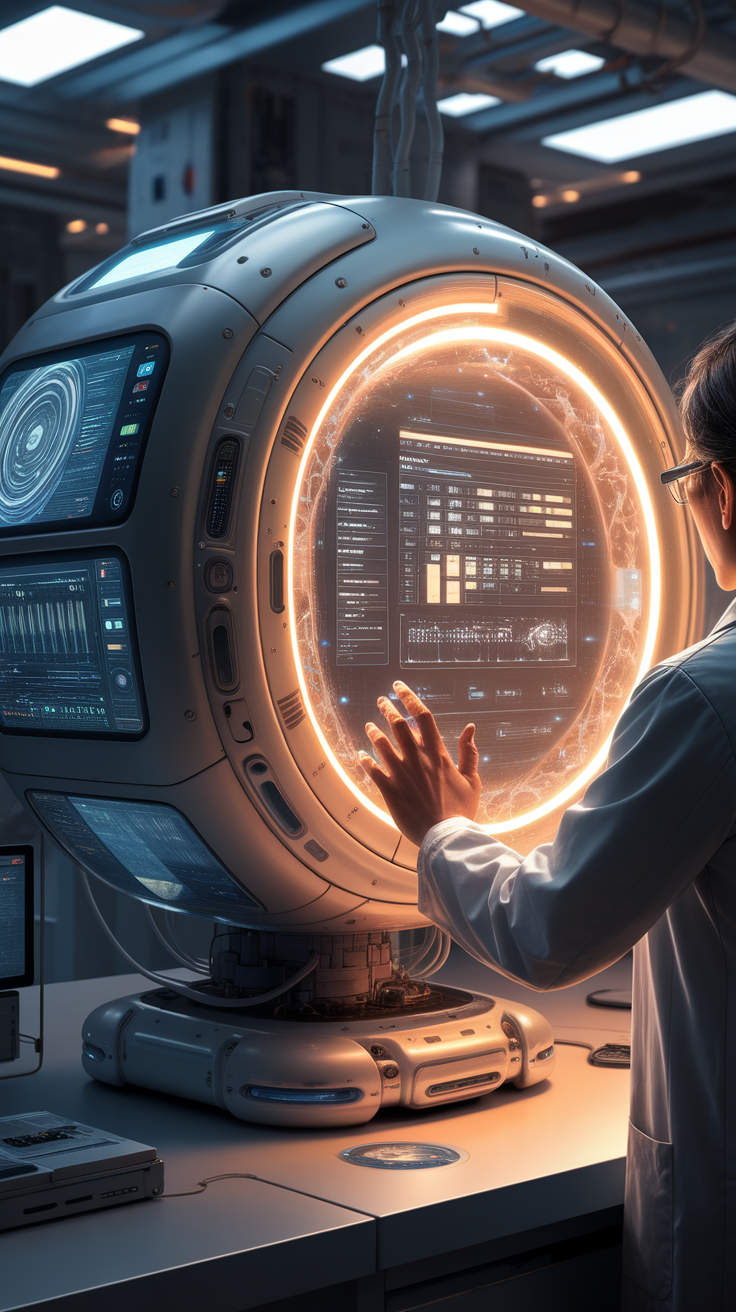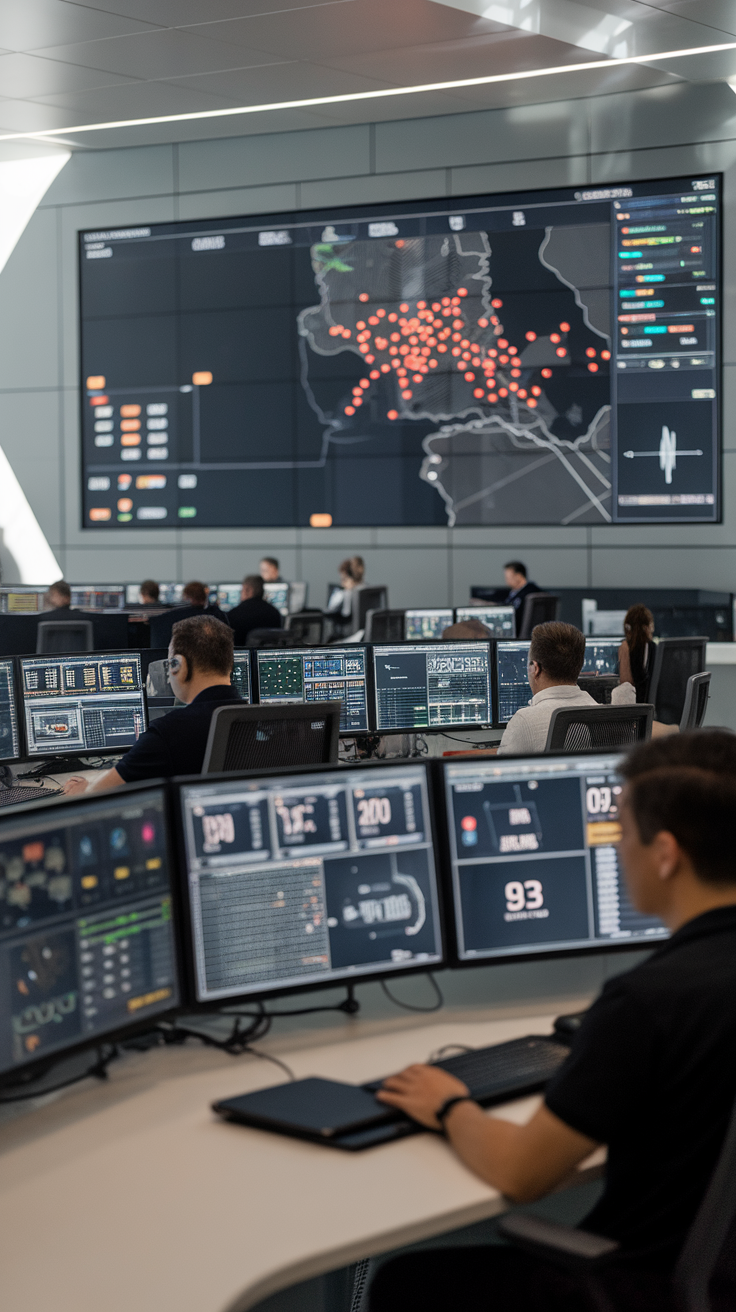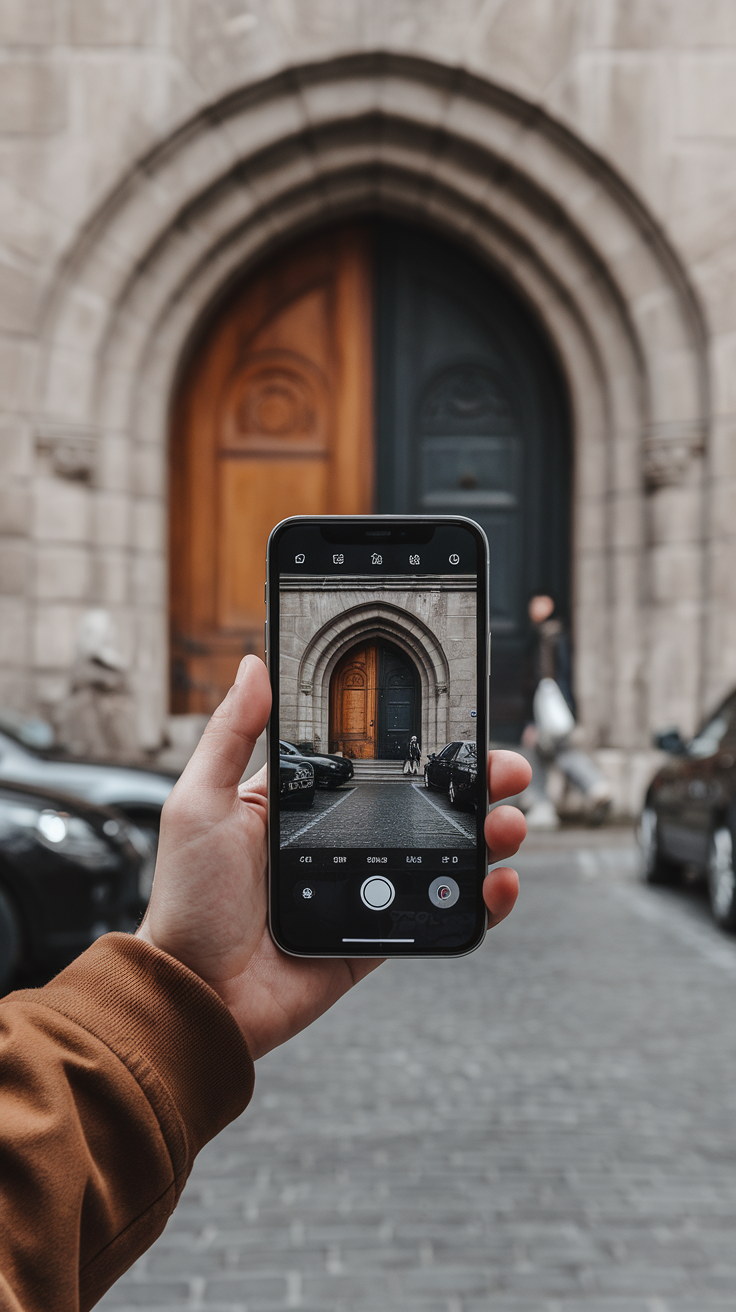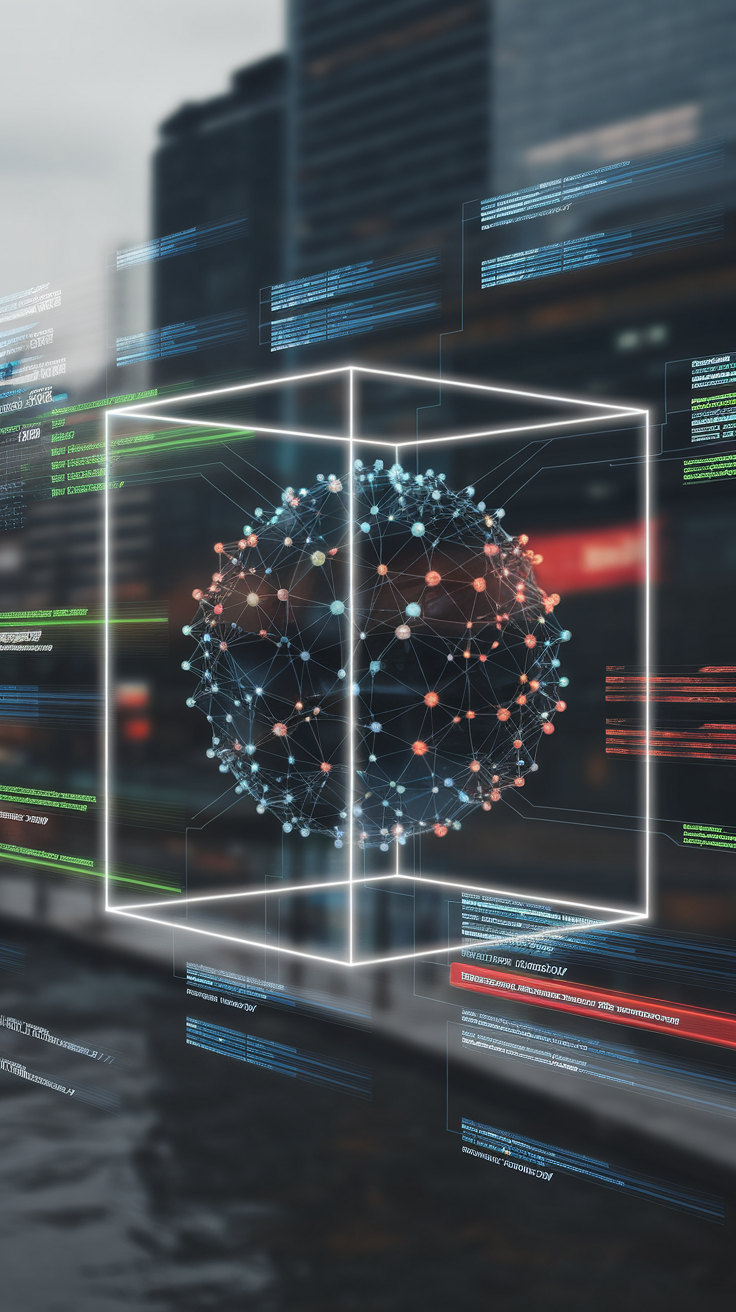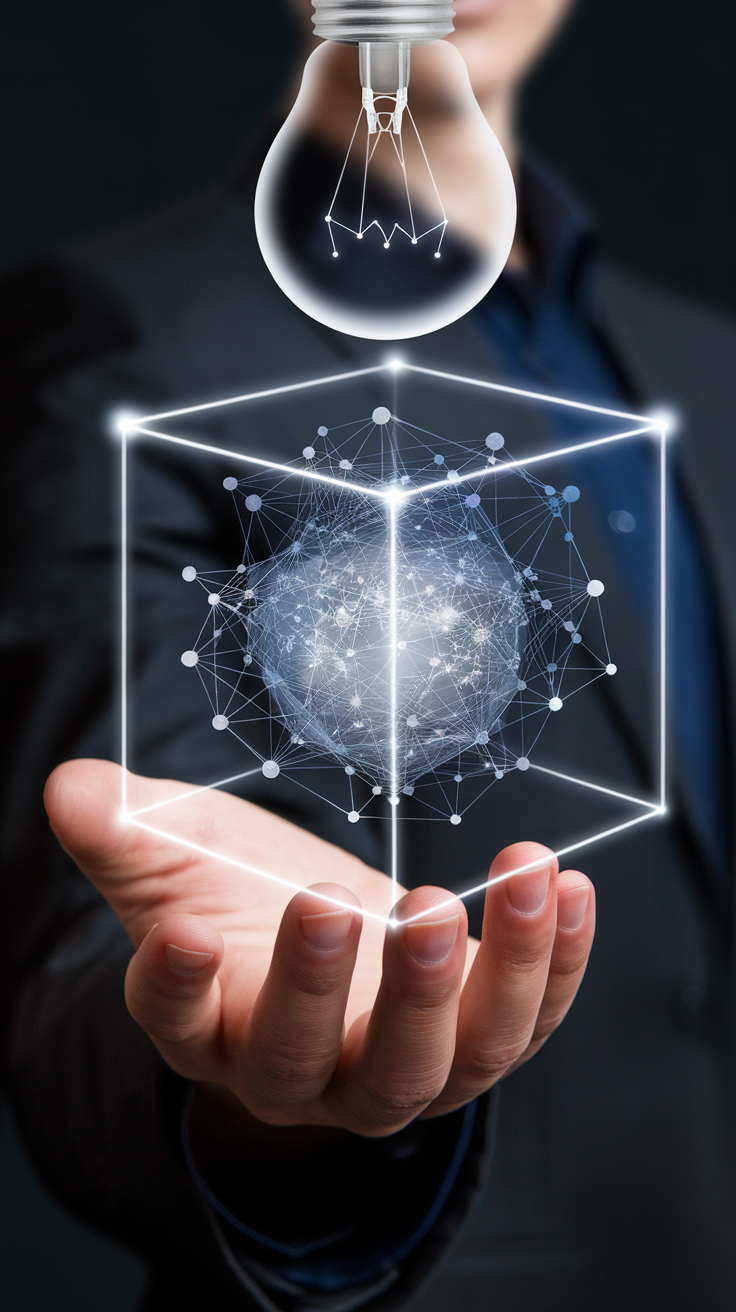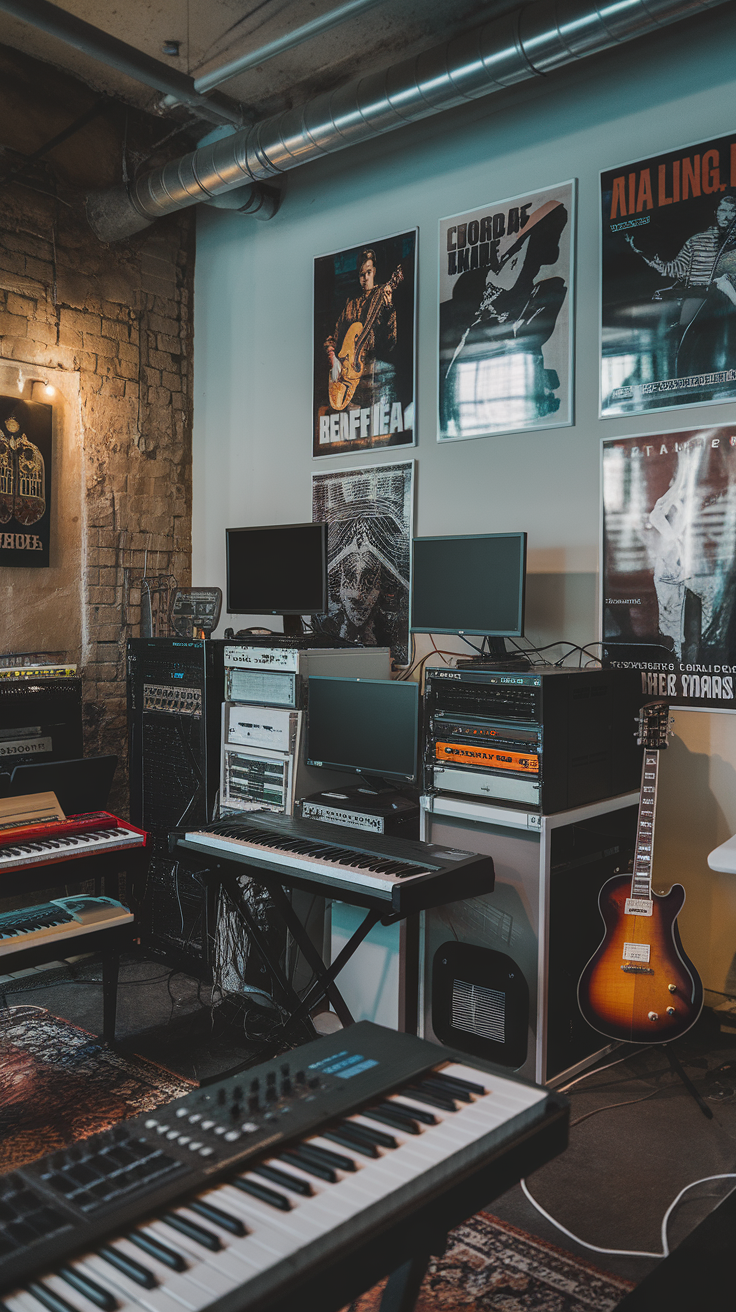AI-Powered Art: How Generative Models Are Revolutionizing the World of Art
Last Updated: July 11, 2025 at 6:00:34 AM UTC
Generative models are transforming the art world by enabling the creation of unique, high-quality, and often surreal works that blur the lines between human and machine creativity.
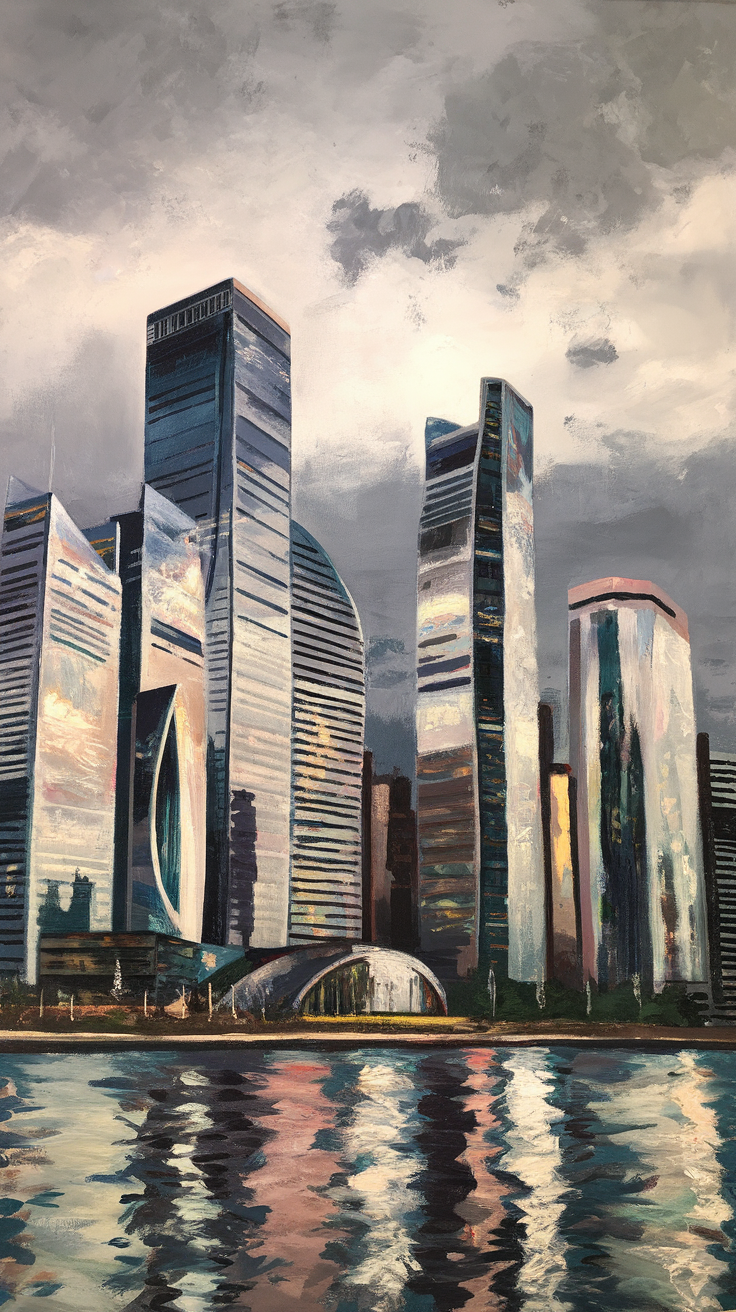
The intersection of art and technology has always been a fascinating topic. With the advent of Artificial Intelligence (AI), the boundaries between human and machine creativity are becoming increasingly blurred. Generative models, a type of AI algorithm, are revolutionizing the world of art by enabling the creation of unique, high-quality, and often surreal works that challenge our perceptions of what art can be.
The Rise of AI-Powered Art
Generative models, such as Generative Adversarial Networks (GANs) and Variational Autoencoders (VAEs), are capable of generating complex and realistic images, music, and even videos. These models are trained on large datasets of existing art, music, and other creative works, allowing them to learn the patterns and structures that underlie human creativity.
The Impact on Art
The impact of AI-powered art is multifaceted. On one hand, it has the potential to democratize the art world by providing new tools and platforms for creatives to express themselves. With AI-generated art, anyone with a computer and an internet connection can create high-quality art, regardless of their skill level or background.
On the other hand, AI-powered art raises important questions about the nature of creativity and authorship. Who is the author of an AI-generated work? Is it the human who trained the model, or the machine itself? These questions have significant implications for the art world, as they challenge our traditional notions of what it means to be a creative artist.
The Future of AI-Powered Art
As AI technology continues to evolve, we can expect to see even more innovative and creative applications of generative models in the art world. Some potential future developments include:
- The use of AI-generated art in advertising and marketing campaigns, allowing for the creation of highly targeted and personalized ads.
- The integration of AI-generated art into virtual and augmented reality experiences, creating immersive and interactive environments that blur the lines between the physical and digital worlds.
- The development of AI-powered art galleries and exhibitions, where visitors can interact with and engage with AI-generated art in new and innovative ways.
Conclusion/Key Takeaways
AI-powered art is revolutionizing the world of art by enabling the creation of unique, high-quality, and often surreal works that challenge our perceptions of what art can be. As AI technology continues to evolve, we can expect to see even more innovative and creative applications of generative models in the art world. Whether you are an artist, a collector, or simply a curious observer, AI-powered art is an exciting and rapidly evolving field that is sure to leave a lasting impact on the world of art.

